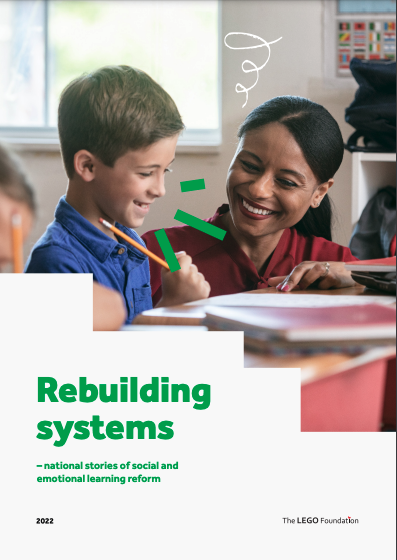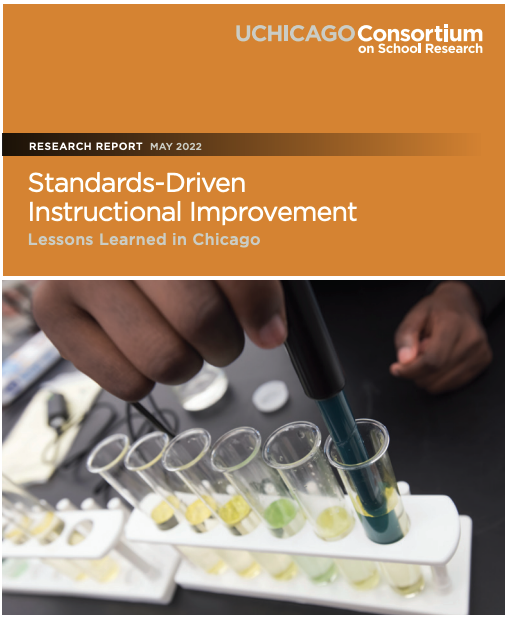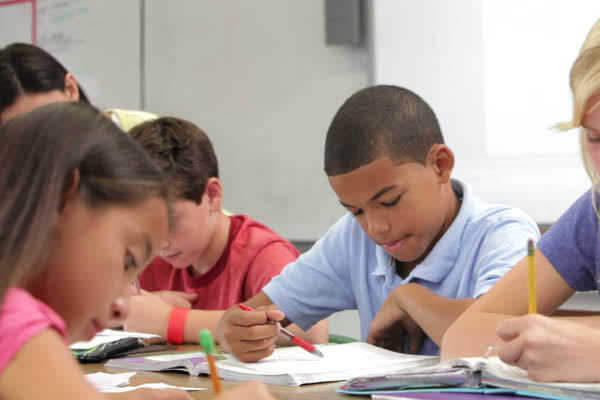
The LEGO Foundation released a new report “Rebuilding Systems – National Stories of Social and Emotional Learning Reform” which discusses national reform efforts in the education systems of six countries to enhance learners’ social and emotional skills, including how learning through play can help children acquire these key skills. The report notes that social and emotional learning is key to students’ well-being and their ability to adapt and prosper in a constantly changing world. It includes interviews with policymakers in Australia, Columbia, Finland, Peru, South Africa, and South Korea describing the impetus for social and emotional learning reforms in their country, key stakeholders, challenges encountered, and outcomes.The report also has accompanying case study videos.

The Learning Policy Institute with input from its Whole Child Policy Table partners and other experts released a new online interactive, the Whole Child Policy Toolkit, a comprehensive framework to give state policymakers and education leaders a set of strategies, tools, and resources to advance whole child policy. A whole child education prioritizes the full scope of a child’s developmental needs—social, emotional, cognitive, physical, and psychological, as well as academic—to ensure that all children are able to reach their full potential. The toolkit is organized around a framework of five key whole child policy elements which outlines how policymakers can support schools, districts, and communities to make shifts to meet the needs of every child efficiently, effectively, and most importantly, equitably.

A new University of Chicago Consortium on School Research study, “Standards-Driven Instructional Improvement: Lessons Learned in Chicago” describes pre-pandemic improvement efforts to support instructional change around the Common Core State Standards in Math and the Next Generation Science Standards. It finds that after Chicago invested in high-quality professional learning for teachers, instructional practice improved and student achievement increased—especially for students with the lowest test scores. Researchers based their findings on districtwide student and teacher surveys; interviews with educators, school leaders, and district officials; and student achievement data between 2014–15 and 2017–18. One of the key conclusions was that professional learning—defined broadly to include teacher collaboration, coaching, and workshops—was the most important support strategy for instructional change.

FutureEd published an essay, Unfinished Agenda: The Future of Standards-Based School Reform, in which Achieve’s Michael Cohen and CenterPoint Education Solution’s Laura Slover, two key leading standards advocates, reflect on the evolution of the standards movement in American education and what they see as the movement’s next chapter. The authors argue that the push to raise academic standards and create standards-aligned curriculum, professional learning, assessments, and accountability systems was and is the right work. They contend that “the historic ‘hands-off’ stance by state education agencies toward local curriculum, instruction, and professional learning is no longer workable” and provide examples of how some states are making strategic decisions and investments to improve classroom instruction and student learning. The essay concludes with ideas for how state accountability systems might be adjusted to focus more on instructional coherence and alignment.

Georgetown University’s Edumonics Lab created a calculator tool that provides estimates of pandemic-related learning loss in more than 8,000 school districts across the U.S. Pandemic learning loss varies for a number of reasons including how long a school operated in remote mode as well as student or school characteristics. The calculator provides predicted averages for each district’s mix of students, acknowledging that the exact loss level will vary by school and by student. For example, users can see that Seattle Public Students lost on average 17 weeks of learning in math and 10 weeks of learning in reading. The calculator then estimates what it would cost the district to remedy the learning loss with tutoring, providing the amount of federal relief funds received that might be used to cover the cost.




